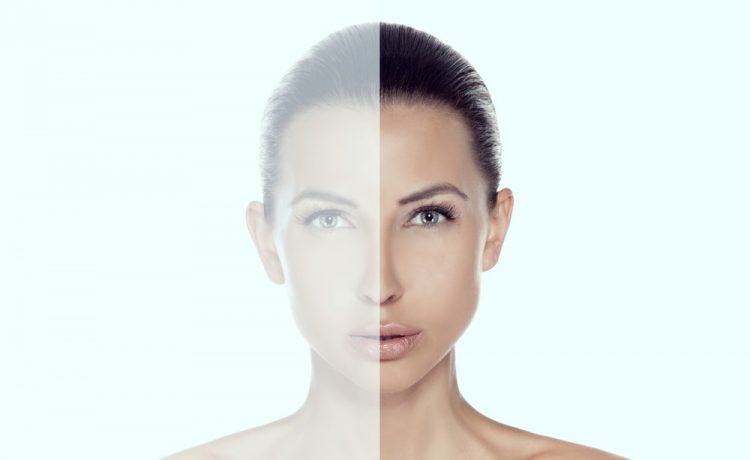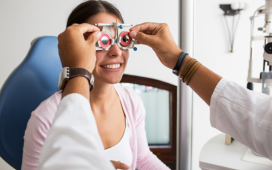Facial asymmetry is when the features on the left and right sides of the face don’t accurately line up with each other. It’s quite common and often subtle, but it can be more pronounced in some people. It’s also natural and normal to have some slight facial asymmetry, but more noticeable cases of asymmetry can indicate a health issue.
Most people have some degree of facial asymmetry, and it can be caused by a variety of factors. Injury, aging, smoking, and even genetics can contribute to asymmetry. In many cases, the asymmetry that’s always been there is no cause for concern, but if you notice any new, marked asymmetry, it may be a sign of a more serious underlying condition.
Common causes of facial asymmetry include Bell’s palsy, stroke, developmental differences, tumors, dental problems, and more. When facial asymmetry is caused by a health issue, the issue can often be treated with therapy, medication, or surgery. If you’re concerned about facial asymmetry, you should consider talking to a doctor or specialist.
Depending on the cause, they may recommend additional tests, such as imaging tests or a physical exam, to fully understand the underlying cause. Facial symmetry has long been studied as a sign of beauty and attractiveness, but it’s important to remember that facial asymmetry is normal.
Facial asymmetry also doesn’t necessarily indicate an underlying health problem. However, if you do notice any new, noticeable asymmetry, it’s important to talk to your doctor to rule out any potential health issues.
What are Some of the Possible Causes of Facial Asymmetry?
Facial asymmetry is a condition where one side of your face is different from the other. It can range from subtle to very noticeable differences. While everyone has some degree of asymmetry, some people have more pronounced asymmetry that can cause psychological distress. So what causes facial asymmetry? Here are some of the most common causes:
Genetics
Sometimes, facial asymmetry is simply a result of genetics. If the asymmetry is more pronounced, it may be the result of a genetic condition such as cleft lip or palate or a vascular disorder.
Sun Damage
Excessive exposure to the sun’s UV rays can cause damage to the skin, resulting in asymmetry. This is particularly true if you spend a lot of time outside without protective clothing or if you work outdoors.
Smoking
A study in 2014 found that smoking was directly linked to facial asymmetry. The toxins in cigarettes can cause damage to the skin and lead to a lack of symmetry in the face.
Injury
A facial injury or trauma can also cause facial asymmetry. Injuries to the face can damage the underlying structure of the face, resulting in facial asymmetry.
Age
As we age, the underlying structure of our face changes, leading to some degree of facial asymmetry. This is particularly true of the muscles in our face, as they become weaker and less toned with age.
Dental Work
Another cause of facial asymmetry is dental work. Having a tooth extracted can change the way the muscles in your face appear. Using dentures or getting dental veneers can also change the contours of your face. The result isn’t always symmetrical. In a 2014 study of 147 pairs of identical twins, more facial asymmetry was linked to having had dental extraction.
If you’re concerned about facial asymmetry, it’s important to speak with a healthcare professional. They may be able to recommend treatments that can help reduce the appearance of asymmetry and provide psychological support to help you cope with any distress it may cause.







